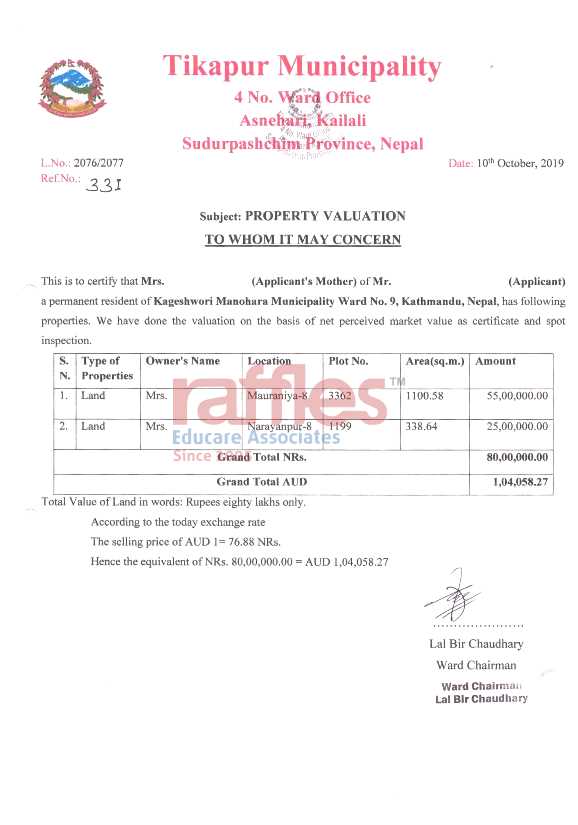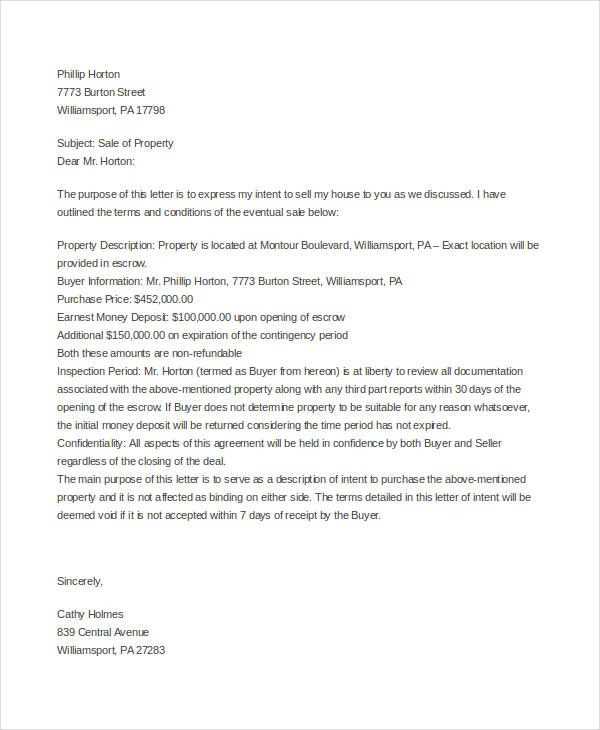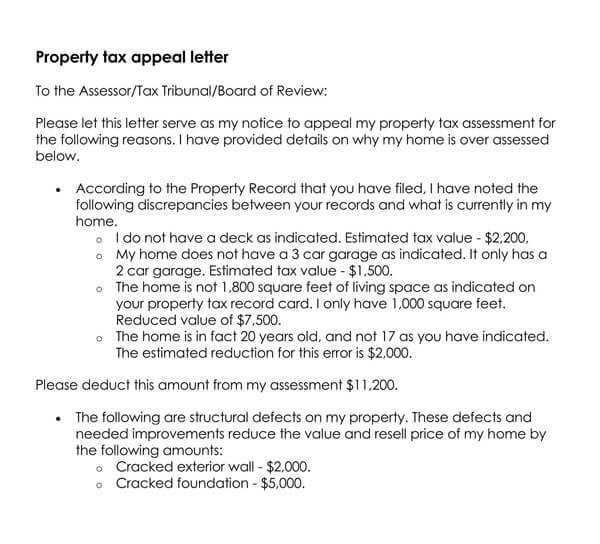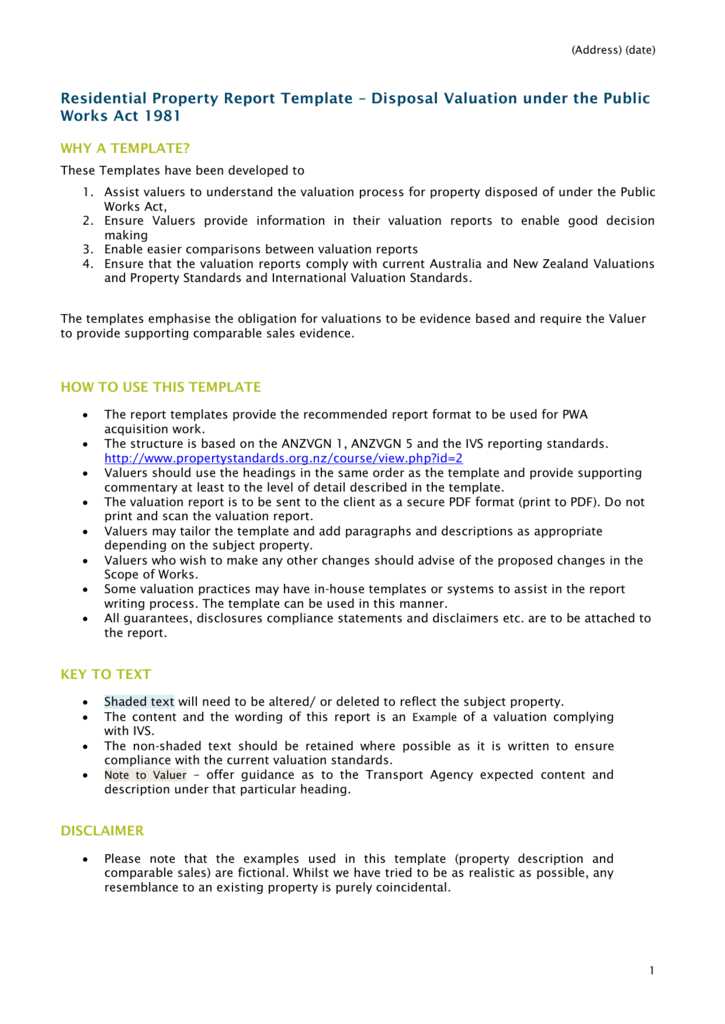Property Valuation Letter Template for Accurate Assessments

When involved in real estate transactions or assessments, presenting a well-structured document that outlines the value of a property is essential. This type of document is used by both individuals and professionals to establish the market value of a property. Understanding how to craft such a document ensures clarity and accuracy in communicating this crucial information.
Essential Components for a Clear Assessment

Each evaluation document should contain several key components to ensure it is comprehensive and easy to understand. Below are the most critical aspects to consider when creating this kind of report:
- Introduction: Start with a brief introduction that provides context, including the purpose of the report and its relevance.
- Property Details: Include detailed information about the property such as location, size, and condition.
- Market Comparison: Compare the subject property to similar properties in the area to provide a comparative analysis.
- Estimated Value: State the estimated value, supported by the facts and data gathered during the assessment.
- Conclusion: End with a concise summary and any recommendations based on the findings.
Formatting Your Document Professionally

To ensure the document looks professional and is easy to read, the formatting should be clear and organized. Using bullet points, headings, and short paragraphs can help convey the necessary information without overwhelming the reader. Additionally, using a standard font and consistent spacing enhances readability.
When to Use an Evaluation Report

Such documents are typically required when buying or selling a property, applying for a loan, or in legal proceedings. They provide both the buyer and seller with an objective assessment that helps in decision-making. Understanding when and how to use this kind of evaluation is key to its effectiveness.
Understanding the Significance of Real Estate Appraisal Documents

Creating an official document to estimate the value of a real estate asset is an essential practice in many transactions. This written evaluation plays a critical role in clarifying the worth of the asset, offering both parties a clear understanding of its financial standing. A well-crafted appraisal is key to ensuring transparency, fairness, and informed decisions in various contexts like sales, loans, and legal matters.
How to Create a Property Evaluation Document
Drafting an evaluation document requires a clear structure that conveys relevant details succinctly. The goal is to present facts, figures, and assessments in a professional manner while ensuring that the information is both accurate and easily understood. Begin by gathering all essential details about the property, such as its dimensions, location, condition, and comparable properties.
Key Information to Include in the Report
An effective evaluation includes several critical components:
- Introduction: Briefly explain the purpose of the document and the context behind the appraisal.
- Property Overview: Include essential facts such as the property’s size, features, and location.
- Comparable Market Analysis: Offer a comparison to similar properties to justify the estimated value.
- Financial Summary: Provide the estimated worth along with any supporting data or formulas used to determine it.
- Conclusion: Summarize the findings and suggest next steps if necessary.
Advice for Crafting a Professional Document
When writing an evaluation, maintain a formal tone and keep the language clear. Avoid excessive technical jargon that may confuse the reader. Make sure the document is visually organized, using headings and bullet points to break up large chunks of text. Proper formatting ensures that the reader can quickly find the necessary details.
Common Pitfalls to Avoid
When drafting this type of document, there are several common mistakes to avoid:
- Lack of Clarity: Be precise in your descriptions and avoid ambiguity.
- Inaccurate Comparisons: Ensure that comparable properties are truly similar to the one being assessed.
- Overcomplicating the Language: Keep the language professional, but straightforward and easy to read.
- Ignoring Supporting Data: Always back up estimates with relevant data and justifications.
When to Use the Document
This type of evaluation is necessary in various situations such as property sales, financing applications, insurance purposes, and legal disputes. Having a detailed report ensures that all parties involved can make informed decisions based on factual and objective data.
Sample Appraisal Document Examples
There are many examples of how to format and structure such documents. Reviewing templates can help guide you in creating your own customized report. Ensure the example you follow aligns with the needs of your specific situation, whether it’s for personal use, a real estate transaction, or legal purposes.